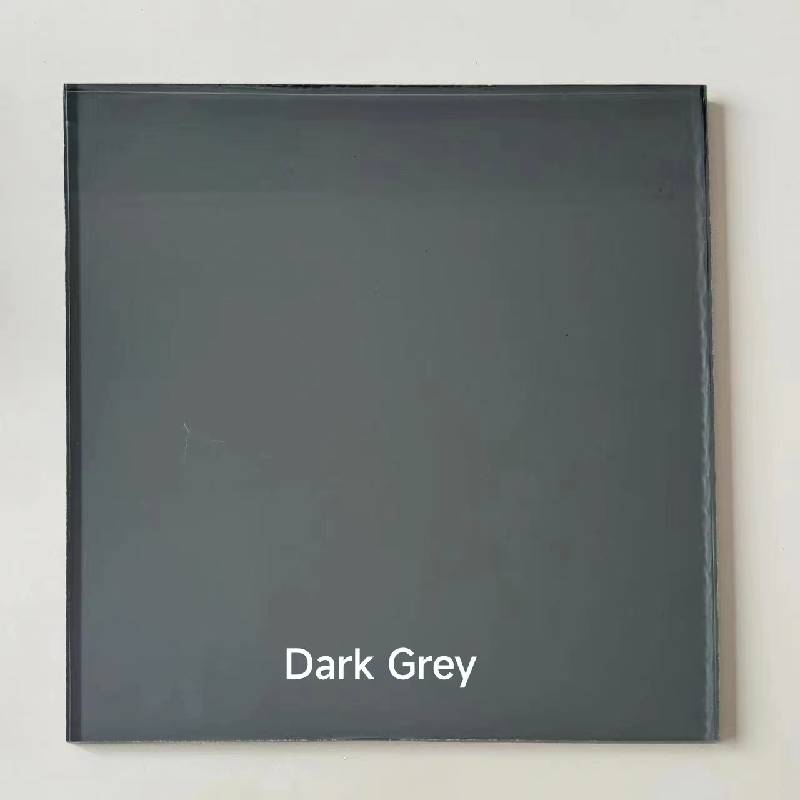

The Fascinating World of Thin Mirror Glass
Thin mirror glass has become an essential material in various aspects of modern life. This versatile product not only enhances aesthetic appeal but also serves functional purposes in industries ranging from architecture to technology. Its unique properties stem from a delicate balance of thinness, reflection, and durability, making it a popular choice for designers and engineers alike.
At the core of thin mirror glass is the concept of layering. Typically, it consists of a substrate glass that is coated with a highly reflective layer, often made of metallic materials like aluminum or silver. This coating is applied in a way that allows for maximum reflectivity while keeping the glass lightweight and manageable. As a result, the thickness of the mirror can be significantly reduced compared to traditional mirrors, making it feasible for a wide range of applications.
One of the most prominent uses of thin mirror glass is in the architectural domain. Architects and designers often opt for this material to create stunning façades, allowing buildings to blend seamlessly with their surroundings. The reflective quality of thin mirror glass can create illusions of space, making structures appear larger and more open. Additionally, its lightweight nature facilitates easier installation, allowing for innovative designs that would be impractical with heavier materials.
In the realm of interior design, thin mirror glass is increasingly used to enhance aesthetics and functionality. It can create a sense of depth in small spaces, making them feel larger and more inviting. Designers often incorporate thin mirrors into furniture, such as tabletops or cabinet fronts, adding an element of sophistication without the bulk of traditional mirrors. Moreover, its application in decorative elements, such as wall art or lighting fixtures, showcases the endless possibilities that thin mirror glass offers.

Another exciting application of thin mirror glass lies in the field of technology. In the world of consumer electronics, manufacturers employ thin mirror glass in devices such as smartphones, tablets, and televisions. The reflective surface enhances display quality while maintaining a sleek design. Furthermore, as the demand for thinner screens continues to grow, thin mirror glass serves as a perfect solution, allowing for high-resolution displays that are lightweight and portable.
In the automotive industry, thin mirror glass is increasingly utilized in rearview mirrors and window tints. Its lightweight properties contribute to the overall fuel efficiency of vehicles, as manufacturers strive to create more efficient designs. The reflective quality also plays a crucial role in safety, providing drivers with enhanced visibility.
Sustainability is an essential consideration in today’s manufacturing processes, and thin mirror glass is no exception. Many producers are now focusing on creating eco-friendly versions of this material, using recyclable components and reducing waste during production. By doing so, they aim to minimize the environmental impact while still delivering high-quality products.
In conclusion, thin mirror glass represents a fascinating intersection of aesthetics, functionality, and innovation in the modern world. Its lightweight nature, coupled with its reflective qualities, allows for diverse applications across numerous industries. As architects, designers, and manufacturers continue to explore the capabilities of thin mirror glass, its presence in our daily lives is likely to expand, paving the way for new and exciting developments. Whether enhancing a building’s façade, creating stunning interior designs, or contributing to the latest tech gadgets, thin mirror glass stands as a testament to the remarkable possibilities of modern materials.